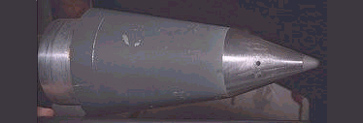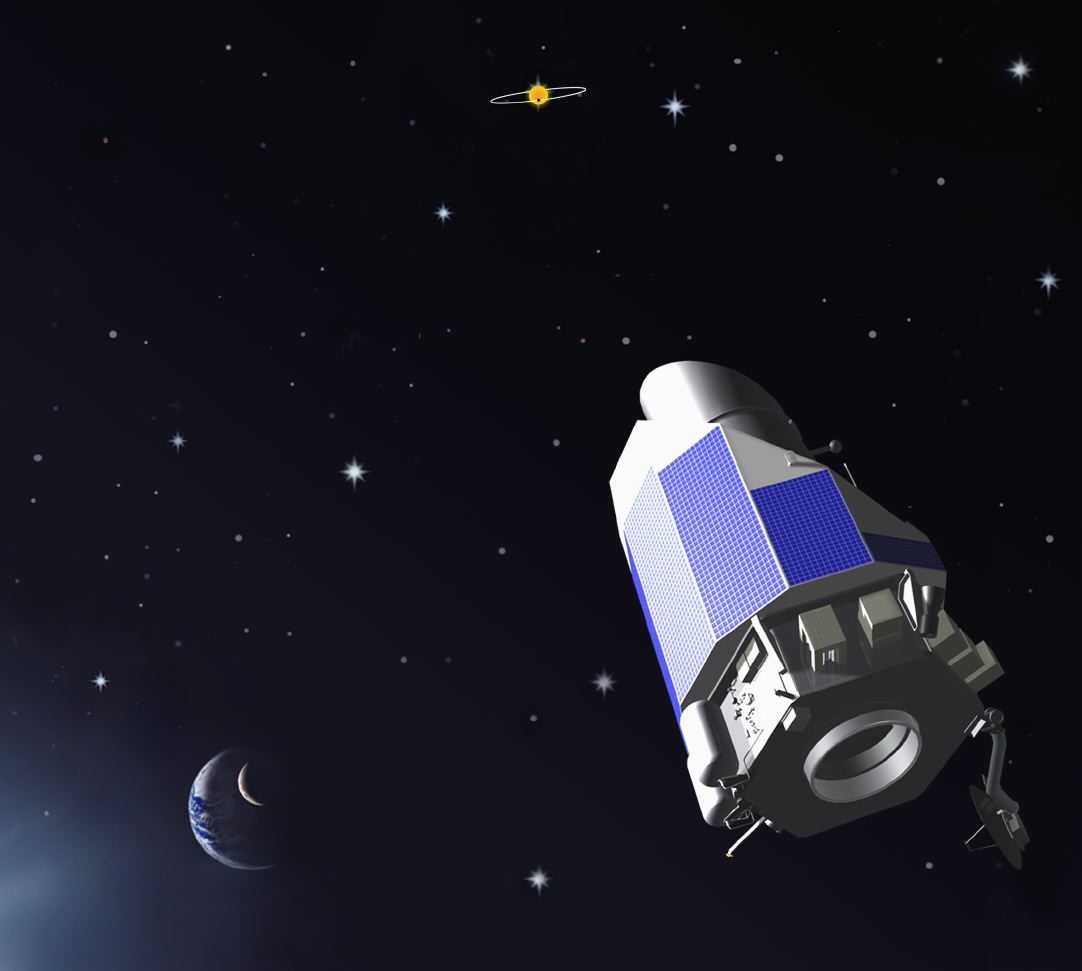By Claire Smith
I come from a small coal mining town in Pennsylvania — from a culture and a community where in order to get your needs met, you had to be an activist. You could not afford to sit around and wait for the world to give things to you. You had to stand up for yourself.
As an activist for the project community at NASA’s Ames Research Center, I see my role as finding out what resources project managers need to help them run successful projects. I need to go out and advocate for those resources, if necessary, and I need to be supportive — not just for the projects, but also for the project managers and their teams. It’s not something I can do sitting at my desk waiting for the phone to ring.
To me, that’s what an activist does. It’s public service. In this case, my public is the project-practitioner community.
From the streets of Palo Alto to the stars
When I first came to California in 1972, I went to work at a drug abuse treatment center, right in the middle of a Palo Alto business community — a community who, incidentally, circulated petitions in an attempt to prevent us from moving in. They didn’t want drug addicts living in the neighborhood or hanging around their businesses. At the time, the only place people detoxified was in the street or in jail. Or they died.
Within two years, the very same business people who got the petitions signed to have us barred were getting petitions signed for the city to continue our funding in the same location.
How was that?
It was about building relationships. For example, the leader of the we-don’t-want-those-folks-in-here movement was a barber whose shop was right next door to our drug treatment center. A few of us from the center would talk with him over a game of chess because we learned he liked to play. He got to know us. Then we started going out to lunch with him. Eventually, we brought clients to his shop for haircuts. Little by little, he became a part of the community that we were serving, and an advocate. And this all happened before the night his son overdosed. That night, we were the people he came to, the people who saved his son’s life.
We were building a community — just like we’re doing now at Ames, and with the Academy of Program and Project Leadership (APPL). This time around, we’re trying to build a community of practice. We’re trying to spread the message that knowledge sharing isn’t something that you do to people. It is something you do with people.
APPL West
When I came to Ames in August of 1998 in the Training and Development Group, I was the fifth person in that job in two years. People were skeptical that I would be any more successful than my predecessors, but a part of my approach is that I don’t carry around other people’s legacies. After all, if I didn’t believe in people’s capacity to do wonderful things, I never would have been a drug treatment counselor. I would have been a drug dealer.
One of the items on my to-do list was to learn if anybody was interested in project management training. I didn’t come in with an agenda. My approach was: What do you want? What do you need? How can I help you?
I didn’t know anybody. The fact that I was in a position of having to ask questions helped me connect with people at Ames. For example, as I talked to people, I found out that the number one reason why people weren’t going to training was the lack of travel dollars. There were other issues, of course, but that was one I thought I could handle. I said, “Well, if we can’t go to Wallops Island, Virginia [where APPL conducted all of its project management training courses], then we will bring APPL to Ames.”
The very first time I met with Ed Hoffman, the APPL Director, I said, “Ed, what do you think if we turned Ames into APPL West and brought APPL resources to the West Coast?”
He said, “Oh, oh, okay, sure.” Later, as Ed tells it, he turned to Tony Maturo, APPL Deputy Director, and said, “Who is this nut case from California?”
The only catch was that I had to make it happen. But it was even more complicated than that. As I quickly discovered, a constellation of forces needed to be brought together to say, “We are going to make this happen.” For example, my organization managed the training conference center building. Lodging, however, was managed by another organization. Then there were the procurement people, whose buy-in was needed in order to release Ames training dollars to do these residential courses. So I had to convince a lot of different people that this was good for the project management community and good for Ames, in terms of bringing courses here that people wanted.
The first thing I did was to take a community-organizing approach. Rather than simply throw it together and say, “This is a Claire thing,” I wanted it to be something that was independent of me, something that would continue because it existed as part of the culture, rather than because one person wanted it to happen. I invited other people to join me in planning our first steps.
We started off with one class. We made up flyers. We had leaflets. I passed them around like I did in the old days. I put them on people’s windshields. I handed them out as people walked in the cafeteria. I did a mailing. The class filled.
Ed Hoffman came out for the class — probably to see if the “nut case” could pull it off. While he was here, I decided to have a community meeting to introduce APPL. I hoped to pose a question to my fledgling community, “What can we do here at Ames to really look at and pay attention to project managers, and project management development and training?” That would be the first time we asked this question in a public forum, but not the last. In fact, it is a question we ask continuously. Asking it is part of how we are building a community of practice here at Ames.
During the planning meeting for the APPL community meeting, I was told that no one would come. “It will never happen,” people told me. That gets back to the message I received when I first arrived at Ames: Nobody cares. Nobody is interested. Nobody will come. It will never work.
But I decided, as always, that I would try it anyway. And, you know what — people came. There was clearly an appetite, and it was obvious from the energy on display at that meeting that people wanted the opportunity to come together as a community.
That APPL West community meeting was just the beginning of a project that continues on today. I still see myself as an activist. I still think there’s so much more we could be doing. But here’s the happy ending to my story: I’m not alone.
At the tipping point
“A lot of folks don’t even know the project leaders who work in the same building, let alone in the same code, let alone in the same center, let alone in the same agency,” says Claire Smith, commenting on the conditions that led to the burgeoning Knowledge Sharing Initiative (KSI) she has organized at the NASA Ames Research Center. Since coming to Ames five years ago, Smith has worked to nurture a community of practice among the Center’s project managers.
Today, her KSI mailing list goes out to almost 1,500 practitioners. In addition to distributing ASK Magazine and hosting guest speakers (including Stanford professor Robert Sutton, author of Weird Ideas That Work), Smith has planned and promoted scores of events designed to bring the project management community together. “We’ve had pizza parties. We’ve gotten together for dinner,” says Smith. “Anything that brings people together to tell stories that share experiences and ideas has the effect of building a community.”
Cartoon drawing provided by Claire Smith’s old friend Joan Baez.







